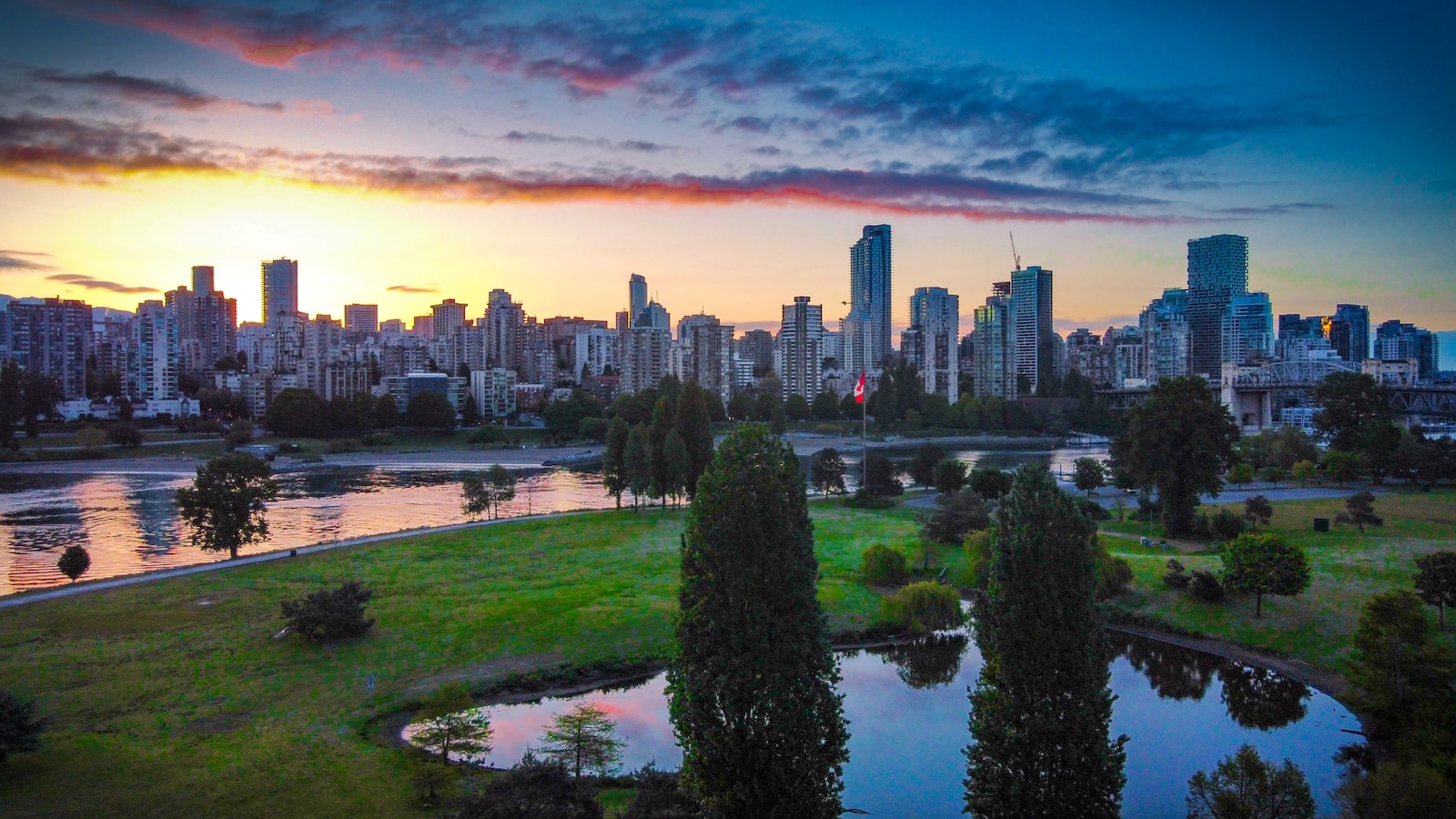Table of Contents
ToggleIntroduction
Green spaces, such as parks, gardens, and trees, are essential components of urban design. They provide a range of environmental, social, and economic benefits that contribute to the sustainability of cities. In this article, we will explore the importance of green spaces in urban settings and the many ways they can enhance our cities.
Environmental Benefits
Green spaces play a crucial role in mitigating the effects of climate change. The urban heat island effect, for example, is a phenomenon where cities are significantly hotter than surrounding rural areas due to the absorption and retention of heat by urban surfaces such as buildings and roads. Green spaces help to reduce this effect by providing shade, cooling the air, and releasing moisture through evapotranspiration.
Furthermore, green spaces absorb carbon dioxide and other pollutants from the air, reducing air pollution and improving air quality. Trees, in particular, are effective at absorbing and filtering pollutants such as nitrogen oxides, sulfur dioxide, and particulate matter. They also help to reduce noise pollution by absorbing sound waves.
Social Benefits
Green spaces offer numerous social benefits to city residents. They provide a space for recreation, relaxation, and cultural events, which can improve the quality of life for urban dwellers. Access to green spaces has been linked to improved mental and physical health, reduced stress levels, and increased social interaction.
Moreover, green spaces can enhance community cohesion and social capital by providing a gathering place for community events and activities. Community gardens, for example, can bring together people from diverse backgrounds and provide a space for learning and sharing.
Economic Benefits
Green spaces can also have economic benefits for cities. They can increase property values, attract tourists, and boost local businesses. Studies have shown that proximity to green spaces can increase property values by as much as 20%. Moreover, green spaces can attract tourists and boost local businesses such as restaurants and cafes.
Green spaces also provide cost savings to cities by reducing the need for expensive infrastructure such as stormwater management systems. The trees and vegetation in green spaces absorb and filter rainwater, reducing the amount of runoff that needs to be managed by the city’s stormwater infrastructure.
Incorporating Green Spaces into Urban Design
To incorporate green spaces into urban design, planners and designers can use a range of strategies. One common strategy is to integrate green roofs and walls into buildings. Green roofs and walls provide a range of benefits, including insulation, stormwater management, and improved air quality.
Another strategy is to create pocket parks and community gardens in underutilized spaces such as vacant lots or abandoned buildings. These spaces can provide a space for recreation and community events, as well as a source of fresh produce for local residents.
Finally, planting trees and other vegetation along streets and public spaces can help to reduce the urban heat island effect, absorb pollutants, and provide shade for pedestrians and cyclists.
Challenges and Solutions
Despite the numerous benefits of green spaces, there are also challenges to incorporating them into urban design. Limited space, lack of funding, and competing priorities can all make it difficult to create and maintain green spaces in cities.
However, there are also solutions to these challenges. Creating partnerships between public and private entities, engaging with local communities, and using innovative design strategies can all help to overcome these challenges.
For example, public-private partnerships can provide a source of funding and resources for green space creation and maintenance. Engaging with local communities can ensure that green spaces are designed to meet the needs and preferences of the community and that they are maintained and used appropriately.
Finally, using innovative design strategies such as green walls and roofs, vertical gardens, and urban forests can help to overcome space limitations and provide a range of benefits to cities.
Conclusion
Green spaces are essential for creating sustainable, livable cities. By incorporating green spaces into urban design, cities can improve the environment, enhance social well-being, and boost economic development. By working together, we can create a greener, more sustainable future for all.








1 thought on “The Importance of Green Spaces in Urban Settings for a Sustainable Future”
Pingback: Exploring the Best Small Cities with Abundant Green Spaces - Sustainability Awakening